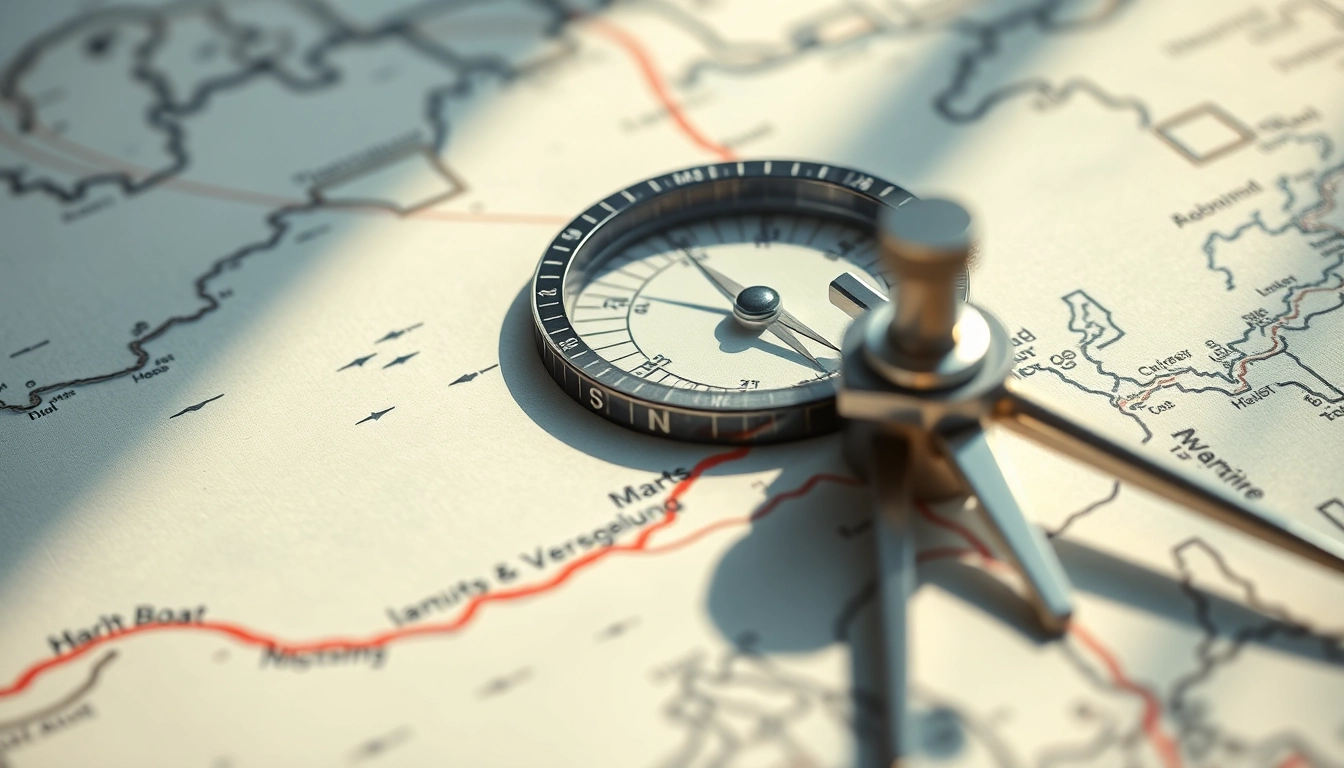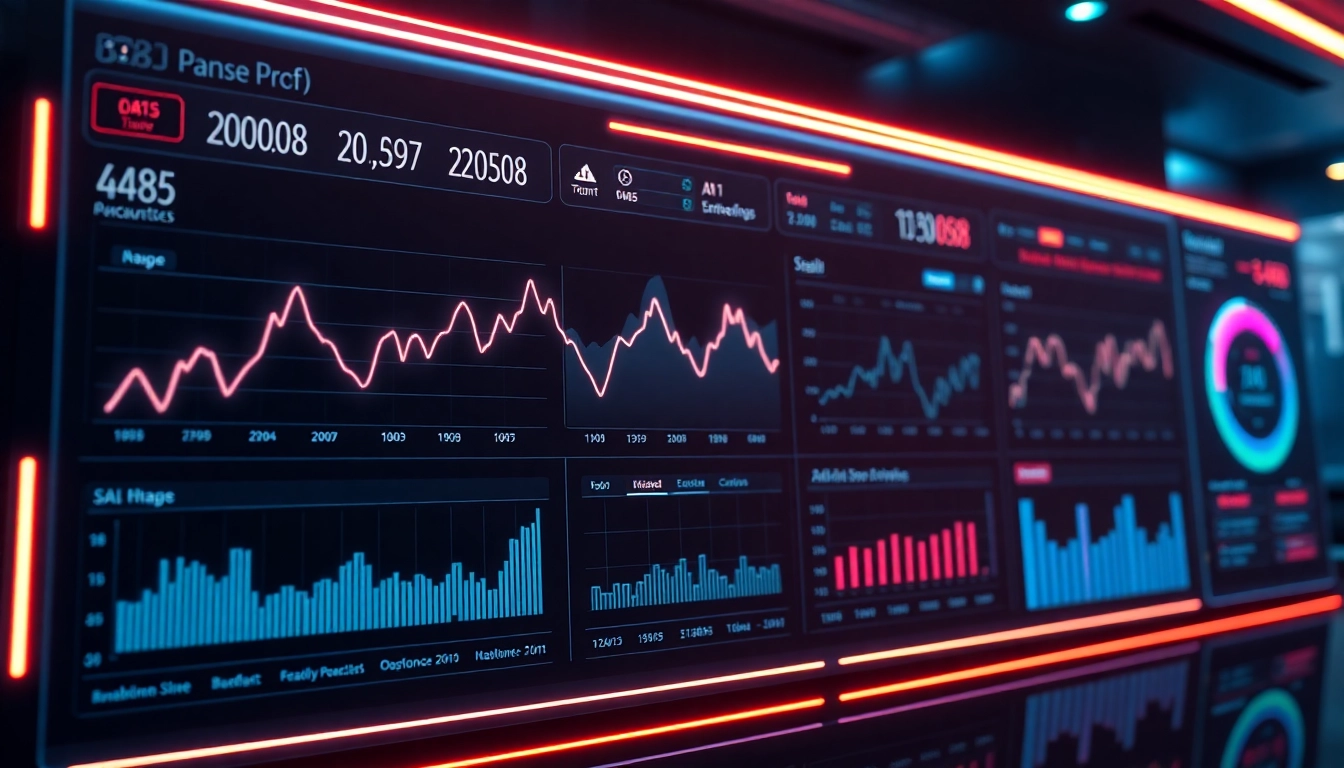Fundamentals of Marine Navigation: A Deep Dive into Boat Sailing and Course Plotting
Understanding the Significance of Boat Sailing and Navigation
Ensuring safety and precision on the water begins with mastering the core principles of Boots Versegelung. This fundamental skill involves determining and maintaining a boat’s course, relying on a combination of traditional navigational techniques and modern technological tools. Whether navigating through calm lakes or open seas, understanding the nuances of sailing and course plotting is essential for both amateur sailors and seasoned mariners.
Key Concepts in Marine Navigation
Marine navigation encompasses various methods and instruments that assist in accurately determining a vessel’s position and course. These include practical techniques like celestial navigation, terrestrial landmark referencing, and advanced electronic systems such as GPS. Developing a comprehensive understanding of these concepts helps prevent navigation errors, reduces risks, and optimizes voyage planning.
Essential Navigation Tools and Instruments
Traditional Instruments
Classical tools like compasses, sextants, and nautical charts form the backbone of traditional navigation. These instruments require skill and experience but offer reliable backup systems when electronic devices fail. For example, the compass provides the primary heading, while charts assist in plotting routes and identifying landmarks.
Modern Electronic Systems
Today’s navigation is heavily supplemented by electronic tools including GPS receivers, radar, and AIS (Automatic Identification System). These systems offer real-time positioning, collision avoidance, and route optimization. However, understanding how to interpret and cross-verify data from these systems remains crucial for ensuring navigation accuracy.
To enhance your navigation toolkit, consider integrating robust products like the marine sealants and maintenance supplies to keep equipment in top condition.
Step-by-Step Guide to Proper Boat Navigation
Preparing for Navigation: Charts and Calibration
Start with accurate, up-to-date nautical charts and ensure calibration of instruments like compasses and GPS devices. Proper calibration helps in reducing errors caused by magnetic deviations or signal interference.
Determining Standline and Landmark Identification
The standline is established by aligning known landmarks or navigational aids with your boat’s position. This involves identifying fixed points such as lighthouses, buoys, or distinctive shoreline features. Marking these points on charts facilitates plotting your course accurately.
Correcting and Cross-Checking to Minimize Errors
Errors such as magnetic declination, tide influence, or instrument inaccuracies can compromise navigation. Regular checks, cross-verification with multiple instruments, and updating your course based on real-time observations are vital steps for ensuring precision.
Common Challenges in Marine Navigation and How to Overcome Them
Adverse Weather and Visibility Issues
Fog, heavy rain, and storms significantly reduce visibility, complicating landmark-based navigation. Utilizing radar and AIS, along with maintaining a close watch on electronic instruments, can help mitigate these obstacles.
Handling User and Instrument Errors
Frequent mistakes include misreading charts or misinterpreting instrument data. Regular training, routine maintenance, and redundant systems help prevent such errors from jeopardizing safety.
Addressing Inaccurate or Outdated Maps
Outdated charts or incorrect data can lead to navigational errors. Always use the latest charts, update electronic systems regularly, and supplement with physical landmarks wherever possible.
Advanced Techniques for Accurate and Safe Boat Navigation
Utilizing Multiple Bearings and Cross-Referencing
Implementing multiple bearing measurements (crossing lines of position) enhances positional accuracy. By intersecting standlines obtained from different landmarks, mariners can pinpoint their exact location with greater confidence.
Incorporating Modern Navigation Aids
Advanced tools like GPS-enabled chartplotters, integrated autopilot systems, and electronic compasses streamline navigation. These systems, combined with traditional methods, offer a layered approach, increasing reliability.
Synergy with GPS and Electronic Systems
While electronic systems provide ease and rapid updates, it’s crucial to understand their limitations. Regular manual checks and understanding the underlying principles ensure your navigation remains robust and accurate, even in technical failures.
Practical Applications and Expert Insights
Navigation Strategies in Port and Open Sea
In ports, precise maneuvering relies on detailed charts, local knowledge, and current tide data. On open waters, reliance shifts towards celestial navigation and electronic positioning. Combining these techniques enables safe passage under various conditions.
Lessons from Seasoned Mariners
Experienced skippers emphasize routine equipment checks, maintaining updated navigation databases, and continuous training. They also suggest practicing traditional navigation skills regularly to keep the skills sharp for emergency situations.
Instrument Maintenance and Longevity
Proper maintenance of navigation tools includes regular cleaning, calibration, and protection from corrosion. Using high-quality maintenance supplies, such as marine-safe cleaners and sealants, ensures longevity and consistency of instrument performance.






